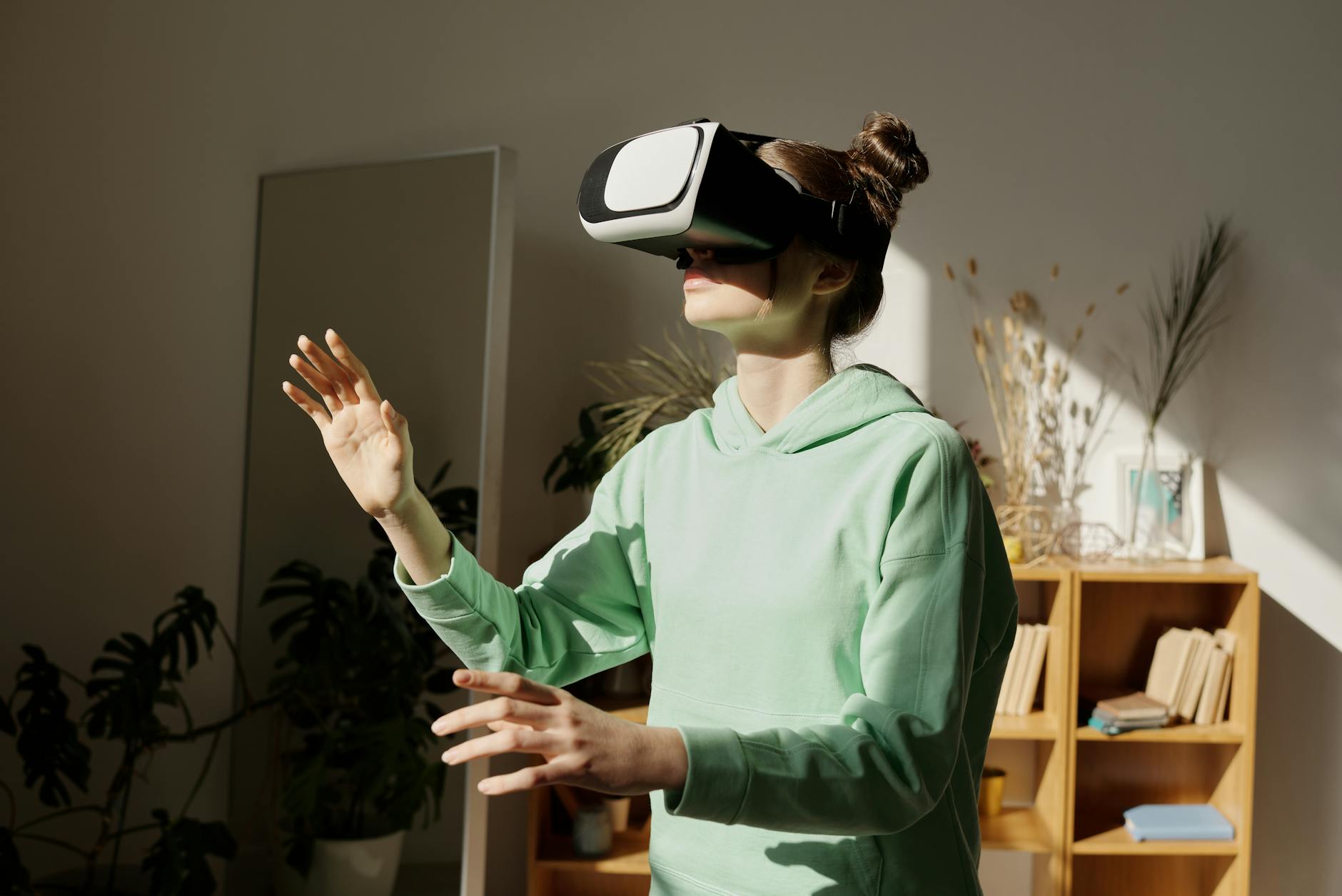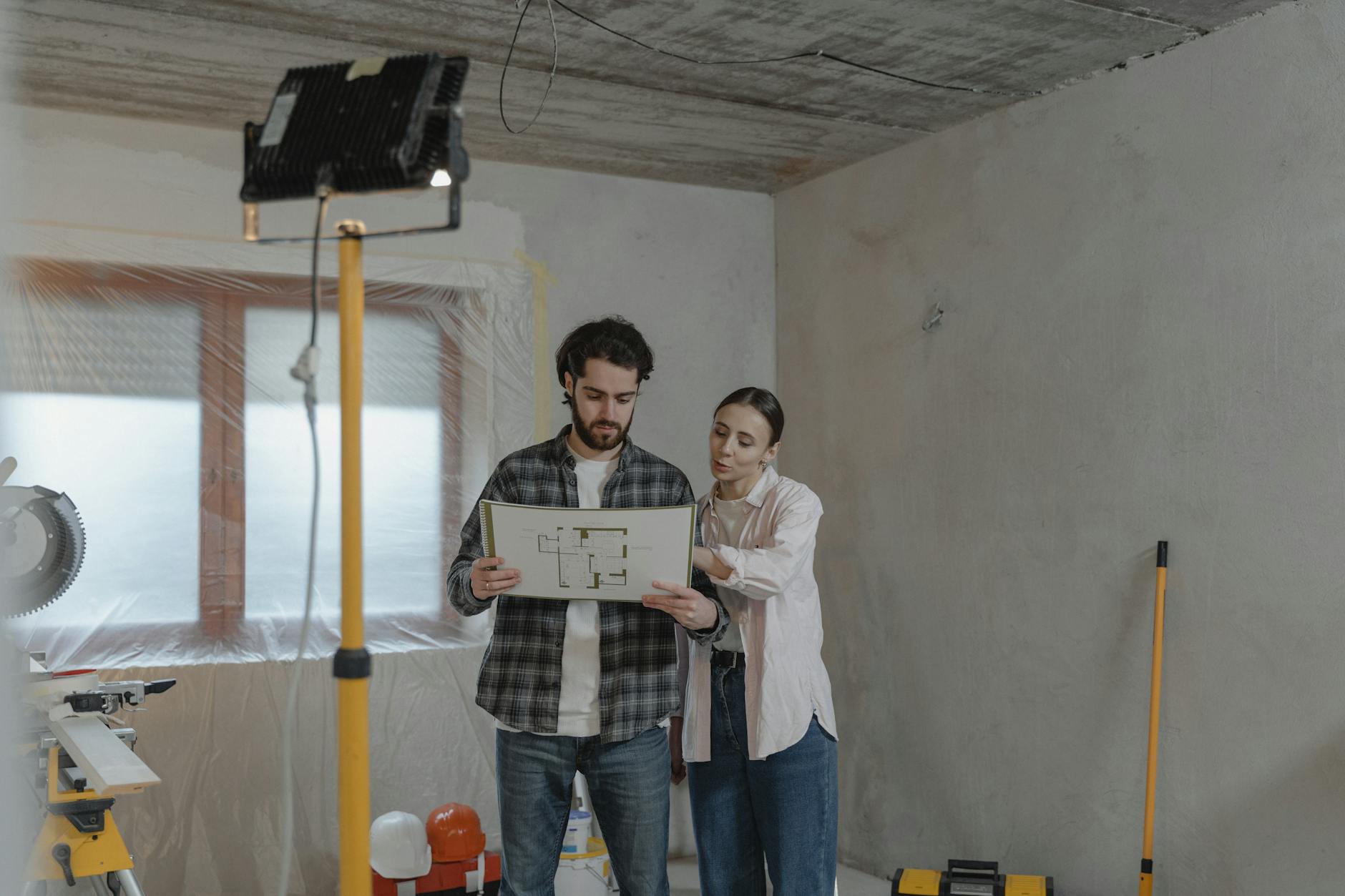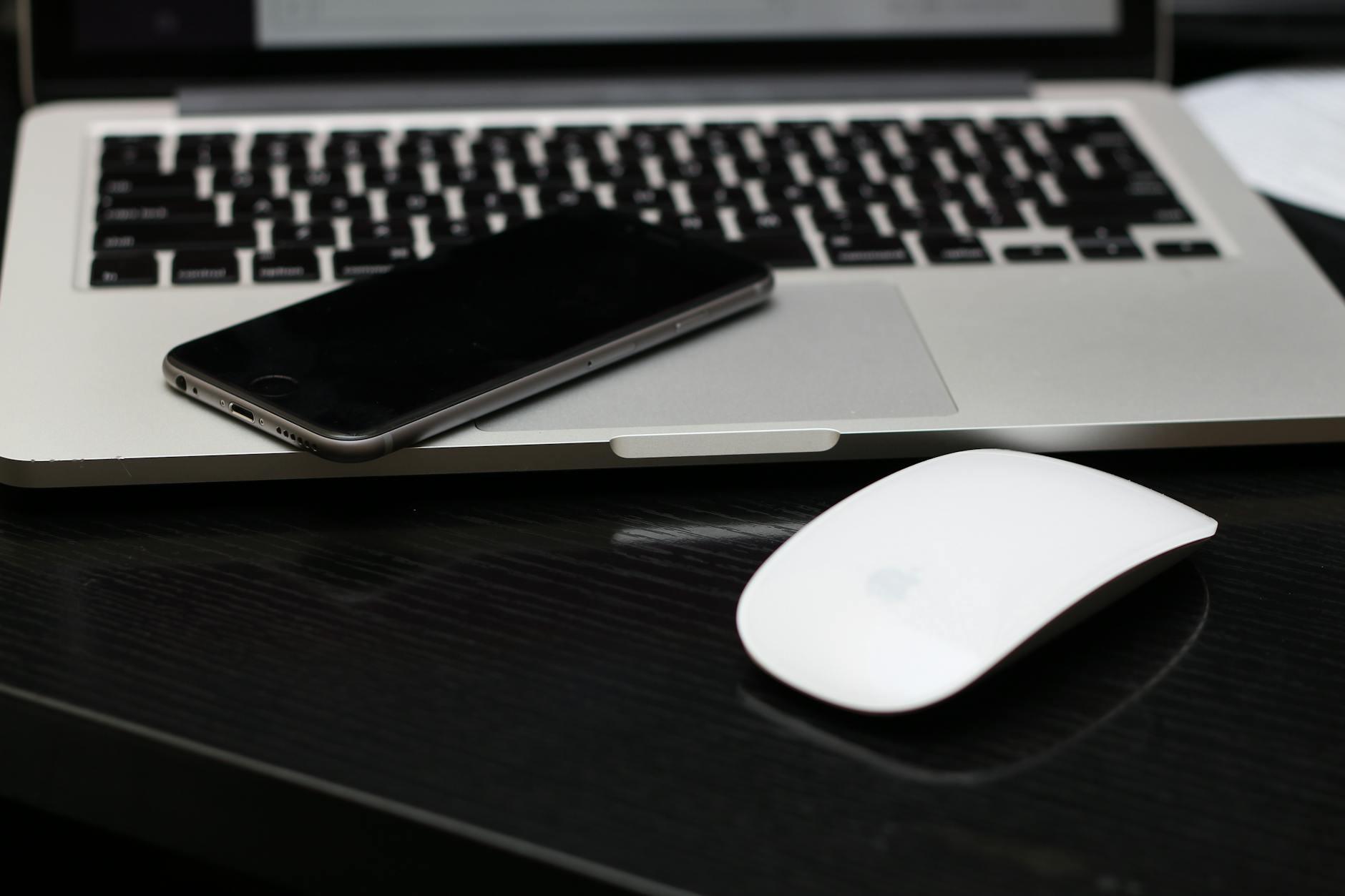How to Balance Aesthetics with Functionality in Your Australia Living Space

Understanding Aesthetics and Functionality
Creating a living environment that seamlessly combines home entertainment with a stylish design can be a rewarding endeavour for any design-savvy individual. As I explore this fascinating intersection of form and function, let me outline how we can transform spaces by focusing on both elements.
Defining Aesthetic Appeal
Aesthetic appeal in a home setting is much like selecting pieces at a bespoke design boutique in Fitzroy—each item should speak to the overall vision. It's about creating an environment where furniture, colours, and textures flow harmoniously, embodying a unique style that resonates with one's personal taste. Aesthetic appeal acts as the visual symphony of the space, capturing attention and setting a mood.
Key Elements of Functionality
On the other end of the spectrum, functionality is all about practicality and ease of use. Think of audio equipment that not only complements your decor but also delivers superior sound quality, enriching your home experience. When incorporating paging systems, you ensure seamless communication within the household, akin to efficient systems design in a work setting. Functional design is about making sure that everything works efficiently without sacrificing comfort or style.
Achieving Harmony Between the Two
Merging aesthetics with functionality requires creativity and thoughtful integration. Strategically placing technology like home entertainment systems ensures they stand out as sleek elements rather than cumbersome gadgets. Attention to small details, such as concealing wires within the design, can significantly enhance both form and function. By focusing on these aspects, you can create a space that not only looks remarkable but also supports the lifestyle you envision.
Designing Your Living Space
Choosing the Right Furniture
When crafting a living space that is both stylish and tech-savvy, selecting the right furniture is essential. It's crucial to balance aesthetic appeal and functionality to create a cohesive environment that reflects contemporary style while accommodating your needs. For inspiration on how to seamlessly integrate design alongside functionality, consider browsing through design boutiques in Fitzroy where creativity and practicality often coexist in harmony.
Integrating Technology Seamlessly
For a truly modern living space, integrating technology in a way that enhances rather than disrupts your environment is essential. This can involve employing innovative broadcast solutions that keep your tech streamlined and accessible. Employing well-concealed AV cables can ensure that technology remains a seamless part of the design, avoiding visual clutter and maintaining the room's sleek look. This is where creative integration ideas come into play, allowing technology to complement rather than clash with your interior design.
Utilizing Space Efficiently
Space efficiency is key to any well-designed room, ensuring that every corner is both functional and aesthetically pleasing. Implementing multi-purpose items, such as a table that doubles as storage, can maximise utility without compromising style. Custom shelving or wall-mounted solutions can contribute to this aesthetic, leaving you with an open floor plan that feels larger than it is. By focusing on intelligent design solutions, you can create a living space that perfectly marries both form and function.
Enhancing Visual Appeal
Color Schemes and Lighting
Creating an inviting space begins with the intelligent use of colour schemes and lighting. As a technology-integrative designer from Melbourne, I've often recommended that such decisions are pivotal to transforming any living space. Your choice of colours should harmonise with the intended mood and functionality of the room. For instance, soft neutrals can establish calmness, while bold colours add energy and excitement. Lighting, too, plays a crucial role—indirect lighting can subtly enhance a space, while pendant lamps can act as focal points.
Incorporating Art and Decor
Art and decor serve as the soul of a room, providing personality and depth. In design-savvy neighbourhoods like the boutiques of Fitzroy, you’ll find countless examples of tasteful artistic integration. Select pieces that resonate with your individual style, bringing harmony between modernity and tradition. Remember, it’s not just about filling space; each item should contribute to the overall narrative of your home.
Textures and Materials Selection
Textures can redefine your environment's tactile experience. Mixing materials like wood, metal, and fabric can add layers of sophistication to any room. You might explore combining elements such as a sleek, professional microphone setup with the rustic appeal of natural wood, all while enhancing acoustic quality using an induction loop. This creative fusion speaks to both function and luxury, empowering users to transform their spaces into sensory masterpieces.
Prioritizing Functional Needs
Essential Gadgets and Appliances
As a Melbourne-based designer, I understand the importance of infusing technology with style, especially when it comes to creating a functional living environment. For those like Ethan, ensuring that gadgets and appliances enhance your daily operations is key. If you're looking to integrate adaptable solutions, ptz cameras are invaluable for providing flexible viewing angles, ensuring that every nook of a room is covered without detracting from your home's aesthetic appeal. Combining sleek design with advanced functionality, these cameras position themselves as a prime choice for tech-savvy individuals.
Additionally, data projectors have transcended their traditional roles, becoming pivotal not only in office settings but also as integral parts of home entertainment systems. When selecting a data projector, focus on designs that complement your interior while offering top-tier technological features. With the right model, a simple wall can transform into a canvas for multimedia experiences, enhancing your room's utility without compromising on style.
Be inspired by creative integration ideas circulating in places like design boutiques in Fitzroy, where the fusion of aesthetics and technology is celebrated. By thoughtfully incorporating these elements, you can foster a space that brings together practicality with avant-garde design. What's more, these considerations can empower you to navigate the future of home systems confidently, ensuring you're always a step ahead in both function and form.
Challenges in Balancing Aesthetics and Functionality
Navigating Common Design Pitfalls
In the quest to merge aesthetics and functionality, one might stumble into some typical design pitfalls. One common issue is overloading a space with trendy items without considering the overall design coherence. For example, integrating the latest tech requires thoughtful placement and cable management to avoid clutter. When blending styles, especially those inspired by the vibrant textures of Fitzroy's design boutiques, ensure consistency in theme to avoid disjointed spaces.
Maintaining a Balanced Design
To maintain harmony, focus on quality home design that adapts to your lifestyle. Invest in multi-functional furniture or smart appliances designed for Australian homes that enhance the living experience. Emphasise the incorporation of technology in a way that complements aesthetic goals. For instance, consider a living room set-up where a wall-mounted smart TV doubles as a digital art gallery. By choosing pieces that serve dual purposes, you create a space that’s visually pleasing and serves its intended function.
Keeping Up with Trends
Adapting to ever-changing design trends without losing personal touch can be challenging but rewarding. The key is to integrate elements like eco-friendly materials that match both current trends and personal aesthetics. Stay informed through the creative ideas bubbling in Melbourne's design landscape. Retain relevance by incorporating local artisans' work, ensuring your space evolves and stays fresh. Taking inspiration from design events and workshops in the area can lead to innovative home solutions that reflect both function and style.


